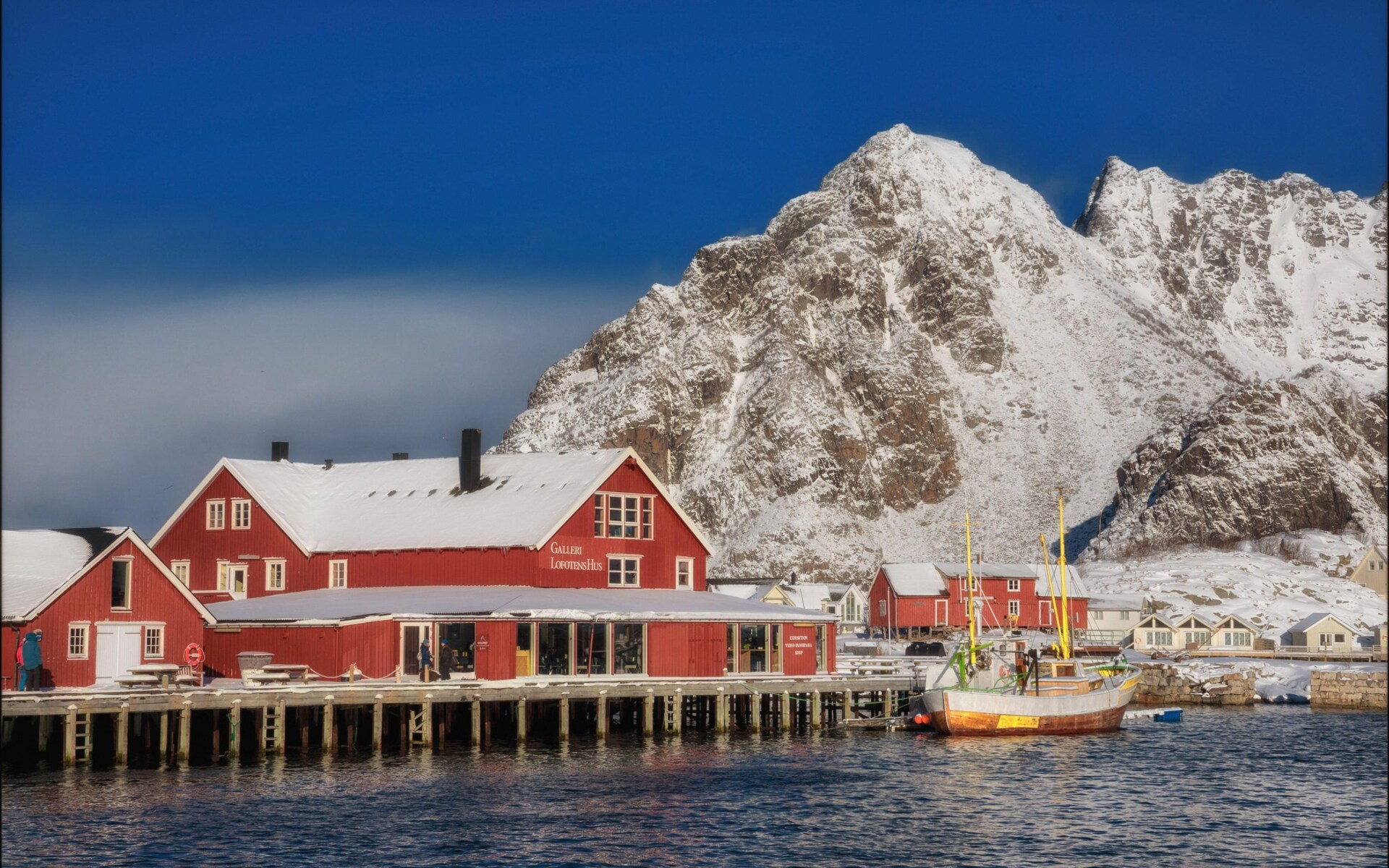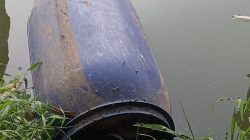A Journey Through the Lofoten Islands
Nestled above the Arctic Circle, Norway’s Lofoten islands present a dramatic landscape where jagged granite peaks rise from the sea. This rugged terrain feels ancient and untouched, with its glacier-carved mountains dwarfing the small fishing villages below. The region is a place where nature commands attention rather than whispers, offering a striking contrast to the tranquil charm of its coastal settlements.
In recent years, the Lofoten islands have become a popular destination for travelers, particularly those captivated by drone photography and social media aesthetics. Iconic spots like Reinebringen, Matmora, and Festvagtind have been widely shared online, but many visitors remain confined to the well-trodden paths. However, the islands offer much more than just picturesque views—there are countless opportunities to explore beyond the obvious.
For those seeking adventure, the best perspectives come from hiking or driving through this breathtaking scenery. The roads here are narrow and winding, offering thrilling experiences as they wind along the coastline and past towering cliffs. With 93 miles of territory to cover, there’s no shortage of hidden gems waiting to be discovered.
Where to Go
Day 1: Start in Svolvær
Begin your journey in Svolvær, often considered the unofficial capital of the Lofoten archipelago. Here, the legacy of cod fishing still shapes the town’s identity, evident in its coat of arms. A great way to start is with a rib boat safari through Trollfjord, a stunning fjord flanked by towering granite walls. Keep an eye out for white-tailed sea eagles, seals, and even orcas. For a more immersive experience, take the Floya Trail, a short but rewarding hike that offers panoramic views. Along the way, you’ll encounter Djevelporten, a massive boulder wedged between two cliffs. Afterward, enjoy a meal of skrei (cod) at Paleo Arctic Restaurant.
Day 2: Art and Culture in Henningsvær
Head to Henningsvær, known as the “Venice of the North.” This charming cluster of islands is connected by low bridges and filled with artistic energy. Explore KaviarFactory, a former processing plant turned modern art gallery, and Galleri Lofoten, which showcases works by 19th-century Norwegian artists. Don’t miss the quirky shops Engelskmannsbrygga and Lysstøperi for unique souvenirs. End the day at Trevarefabrikken, where you can enjoy unlimited botanical cocktails while listening to live music.
Day 3: Viking Heritage and Coastal Trails
Travel west to Bøstad, home to the Lofotr Viking Museum, a full-scale reconstruction of a Viking longhouse. Nearby, Aalan Gård offers a glimpse into traditional herb and cheese farming. Stop by Unstad Arctic Surf Café for a cinnamon bun and watch surfers ride the waves. Follow the coastal trail from Unstad to Eggum, passing wartime relics and seabird reserves. Near the end, look out for the intriguing sculpture “The Head” by Markus Raetz. Stay at Furu Hostel, a cozy option in Bøstad.
Day 4: Kayaking and Sauna Rituals
Make your way to Nusfjord, one of the oldest and best-preserved fishing villages. Paddle through the calm waters of the fjord and then unwind with a sauna session at Nusfjord Arctic Wellness. Warm up with a meal at Karoline Restaurant, where seasonal dishes like reindeer carpaccio and bacalao stew await.
Days 5 and 6: Fish Burgers and Challenging Treks
Reine is a must-visit for its breathtaking views. Take on the challenging Reinebringen trek, featuring over 2,000 stone steps built by Nepalese Sherpas. For a different experience, head to Sakrisøy for a renowned fish burger at Anita’s Sjømat. Visit Hamnoy Bridge for a photo of the iconic red rorbuer (fishermen’s cabins) and explore the remote village of A, home to the Stockfish Museum and a local bakery.
Day 7: Final Hike and Local Fare
Start your last day with a hike from Sørvågen to Munkebu Hut, a rewarding journey over fjords and peaks. Before or after, visit Sørvågen Radio, where the first Morse signals in northern Europe were sent. End your trip with a memorable meal at Holmen Lofoten, known for its exceptional cuisine.
Where to Stay
- Furu Hostel: An eco-conscious hostel in Bøstad offering lakeside saunas and locally sourced meals. Dorm beds start at £35 per night.
- Holmen Lofoten: A luxurious eco-lodge in Sørvågen with a renowned kitchen. Rooms start at £218 per night.
- Trevarefabrikken: A minimalist design hotel in Henningsvær featuring yoga and ocean-view saunas. Rooms start at £366 per night.
How to Do It
When to Go
The Lofoten islands attract up to a million visitors in summer, with 300,000 cruise passengers adding to the crowds. To avoid the busiest times, consider visiting during the shoulder seasons of May to June (for the midnight sun) or September (for the northern lights). These periods offer milder weather and fewer tourists.
What to Book
- Discover the World offers a nine-night self-drive trip around Lofoten from May to September, starting at £1,501 per person (excluding flights).
- KE Adventure provides an eight-day group tour of the Lofoten Islands from June to September, starting at £2,495 per person (including flights).
How to Get There and Around
The Lofoten islands cannot be reached directly from the UK. Most flights transit through Oslo. Norwegian Airlines offers flights from London Gatwick to Harstad/Narvik from £400 return, with rental cars available. Scandinavian Airlines also offers flights from London Heathrow or Gatwick to Bodo, with connections via Wideroe Airlines to Leknes or Svolvaer. Ferries to Moskenes or Svolvaer are another option.
Public transportation is limited, so renting a car is recommended. Major car rental companies operate at Harstad/Narvik airport, with prices ranging from £300 to £400 for a week.







